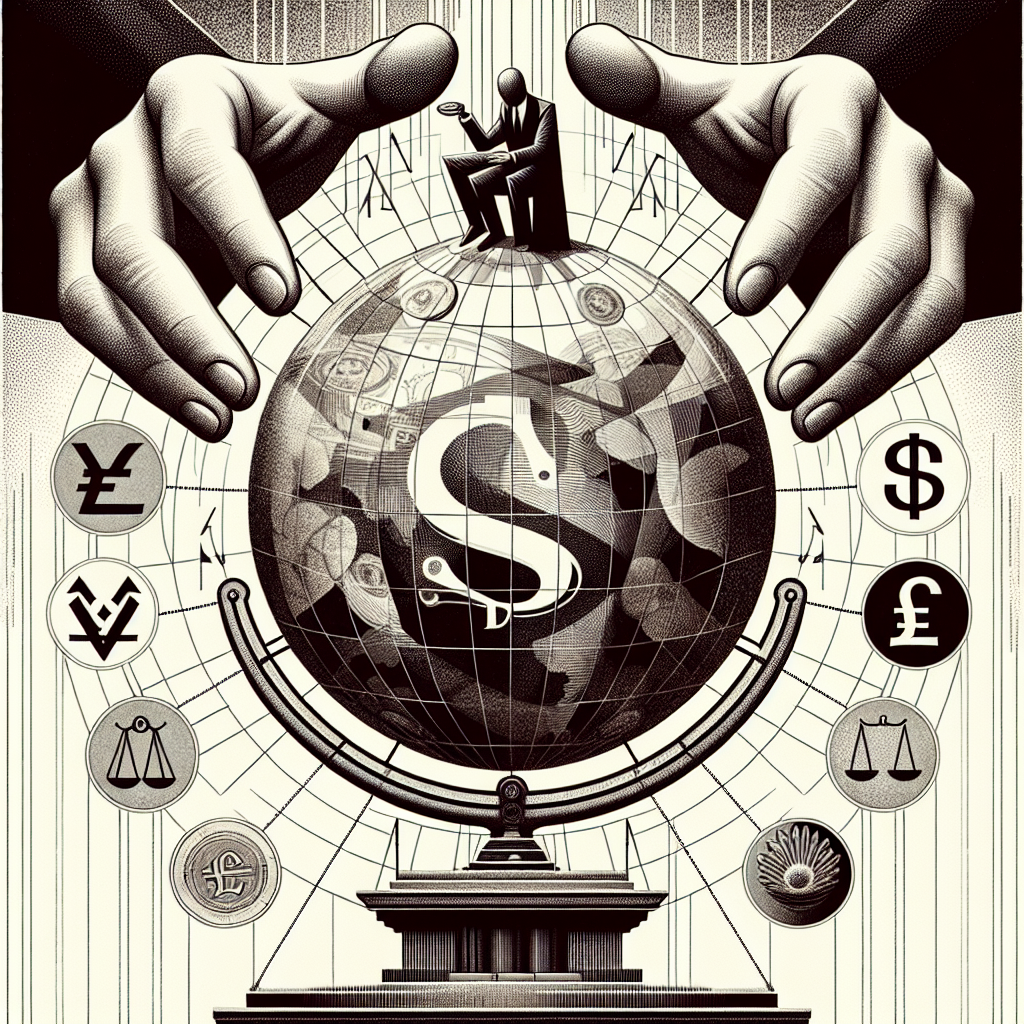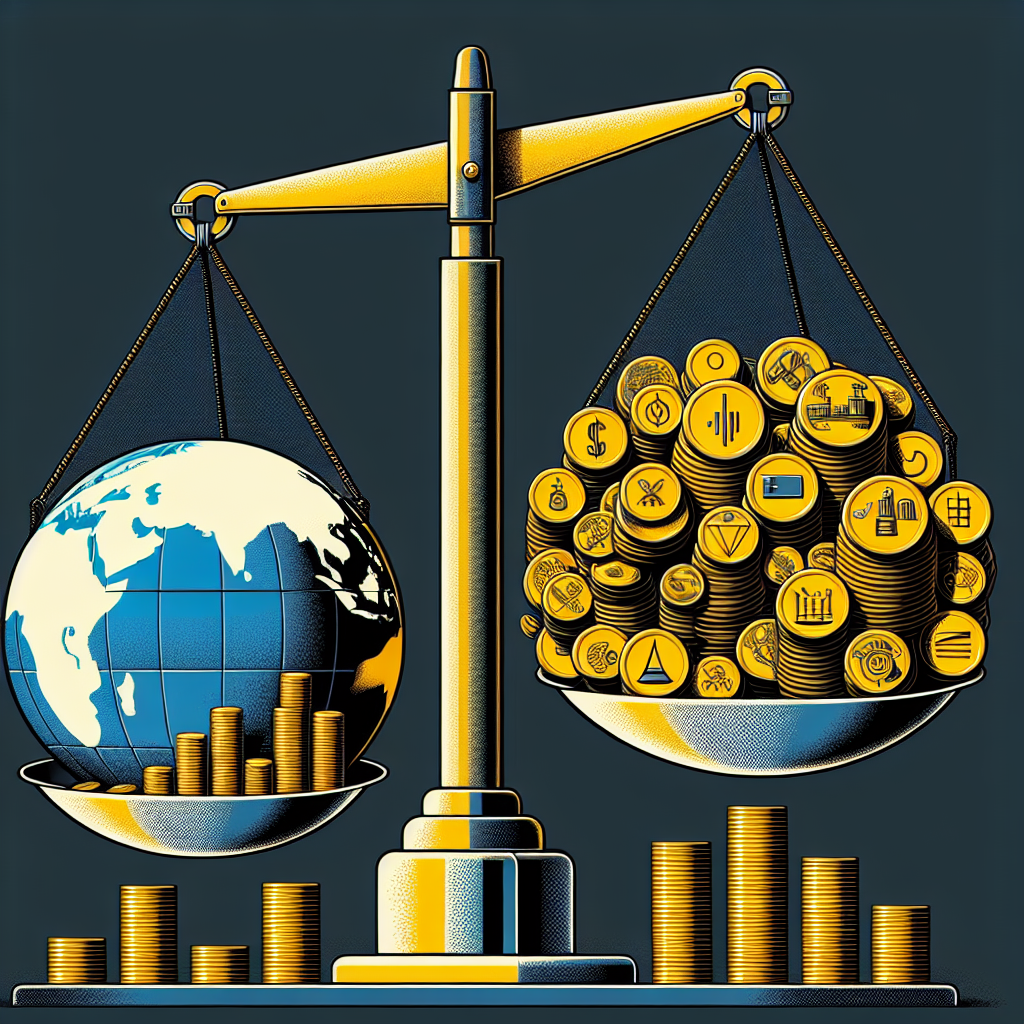The Mystery of the Federal Reserve: Money and Control
What is the Federal Reserve?
Established in 1913, the Federal Reserve, often referred to as the Fed, serves as the central bank of the United States. Its primary purpose is to ensure financial stability and manage the nation’s monetary policy. The Federal Reserve has become a focal point for economic discussions due to its critical role in regulating money supply, supervising banks, and serving as a lender of last resort. It comprises a Board of Governors, twelve regional Federal Reserve Banks, and numerous advisory councils.
Structure and Function
The Federal Reserve operates under a unique public-private structure, which contributes to ongoing debates about its transparency and accountability. The Board of Governors, composed of seven members appointed by the President and confirmed by the Senate, oversees the entire system. Each regional bank operates independently but is under the supervision of the Board.
In addition to controlling monetary policy, the Federal Reserve regulates and supervises banking institutions, ensuring they operate in a safe and sound manner. It also plays a pivotal role in maintaining the stability of the financial system, engaging in market operations to manage liquidity.
Monetary Policy: Tools and Goals
The Federal Reserve’s primary tools for influencing monetary policy include open market operations, the discount rate, and reserve requirements.
-
Open Market Operations: This involves the buying and selling of government securities to regulate the money supply. When the Fed buys securities, it injects money into the economy, stimulating growth. Conversely, selling securities slows down the economy by reducing the available money.
-
Discount Rate: This is the interest rate charged to commercial banks for borrowing funds from the Federal Reserve. Adjusting this rate influences overall lending rates in the economy. Lowering the discount rate encourages borrowing and spending, while raising it has the opposite effect.
-
Reserve Requirements: These dictate the minimum reserves each bank must hold against deposits. Lowering reserve requirements frees up more capital for loans, while increasing them can help curb inflation by reducing the money supply.
The ultimate goals of these policies are to maximize employment, stabilize prices, and moderate long-term interest rates.
The Role in Financial Crises
Historically, the Federal Reserve has played a crucial role during financial crises. During the 2008 financial crisis, the Fed implemented unconventional monetary policies, such as quantitative easing, to inject liquidity into the economy. By purchasing large quantities of government bonds and mortgage-backed securities, the Fed aimed to lower long-term interest rates and support economic recovery.
Through these measures, the Fed sought to restore confidence in the financial system and enable banks to resume normal lending practices. However, critics argue that such actions can lead to asset bubbles and long-term inflation concerns.
Controversies and Criticism
The Federal Reserve’s operations often stir controversy. Critics cite a lack of transparency in decision-making processes and a perceived disconnect between the Fed and the average American. The Fed’s independence is frequently scrutinized, with calls for greater oversight by Congress.
Additionally, the Fed’s influence on inflation and employment can yield disproportionate benefits to certain sectors of the economy. During economic expansions, low-interest rates can lead to asset price inflation, raising concerns about income inequality. Many argue that the benefits of monetary policy disproportionately favor the wealthy, leading to broader economic disparities.
The Federal Reserve and Digital Currency
In recent years, discussions around digital currencies have emerged as a new frontier for the Federal Reserve. The rise of cryptocurrencies and stablecoins has prompted the Fed to consider its own digital currency, often referred to as a Central Bank Digital Currency (CBDC). A CBDC could enhance payment efficiency, provide financial inclusion, and improve monetary policy implementation.
The exploration of digital currency presents challenges such as cybersecurity risks and potential disintermediation of the banking sector. As the scope of digital finance expands, the Federal Reserve’s ability to regulate and oversee these advancements will be critical.
The Relationship with the Treasury
The Federal Reserve works closely with the U.S. Department of the Treasury but maintains autonomy. While the Treasury is responsible for fiscal policy—taxes, government spending, and budgeting—the Fed manages monetary policy.
This relationship can lead to tensions, especially during periods of economic uncertainty. For instance, while the Treasury may favor increased government borrowing for stimulus, the Fed must weigh the inflationary implications of such policies on overall economic stability.
Global Influence of the Federal Reserve
The Federal Reserve does not operate in isolation; its policies have significant global implications. As the custodian of the world’s primary reserve currency, decisions made by the Fed can influence exchange rates, foreign investments, and global economic stability.
International financial markets react to Fed announcements, particularly regarding interest rate changes or quantitative easing measures. Emerging market economies often feel the brunt of Fed policy shifts, as capital can quickly flow in and out of their markets, affecting their financial ecosystems.
Ensuring Accountability
To address concerns about transparency, the Federal Reserve has made efforts to enhance its communication strategy. Regular press conferences, detailed meeting minutes, and forward guidance on interest rates help demystify its operations and intentions.
However, debates about the Fed’s role and operations persist. Calls for more robust accountability measures continue to echo in political and economic spheres, especially during times of economic distress.
The Future of the Federal Reserve
As the financial landscape evolves with technology and globalization, the Federal Reserve must adapt to maintain its effectiveness. Challenges such as income inequality, climate change, and technological innovation present new considerations for monetary policy.
In light of these changes, the Fed is likely to continue evolving its strategies and tools, maintaining its core objectives while addressing emerging economic realities. As debates surrounding its role and impact continue, the Federal Reserve remains a pivotal institution in the economy, navigating the intricate balance of money and control.
Ultimately, understanding the Federal Reserve’s intricacies—the tools, structure, and implications of its actions—reveals insights into how money is managed and controlled in a complex and interconnected world.







Leave a Reply